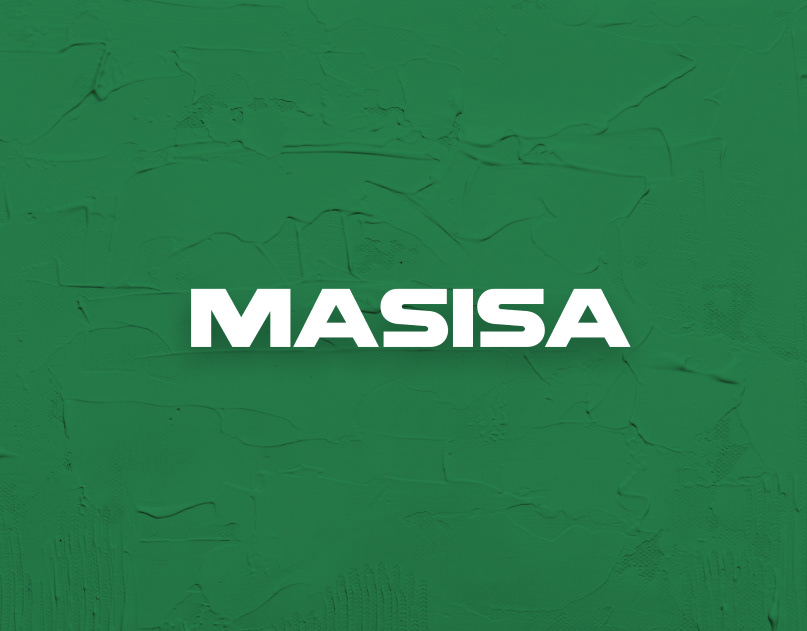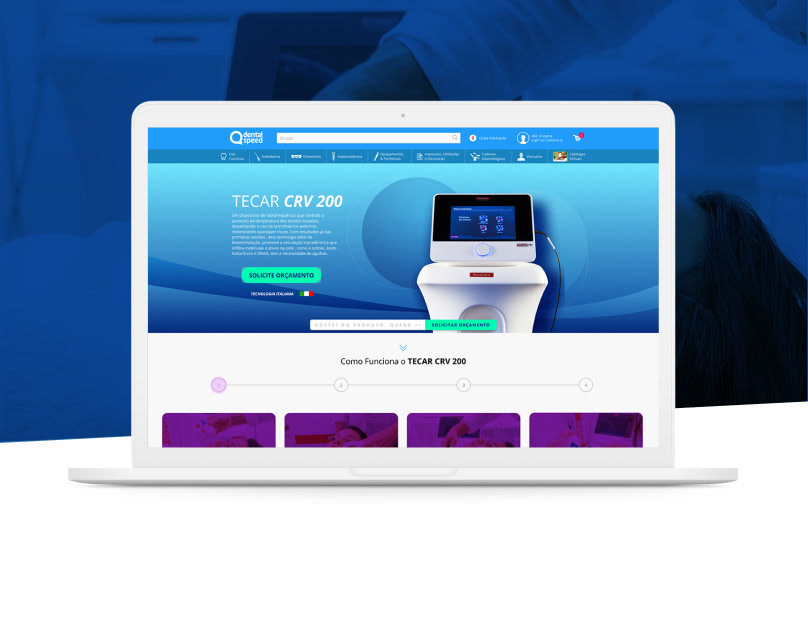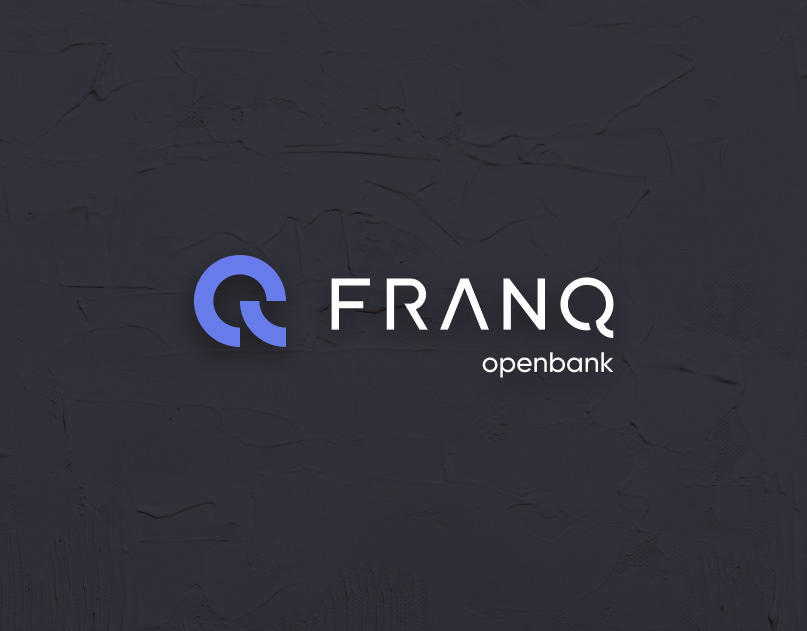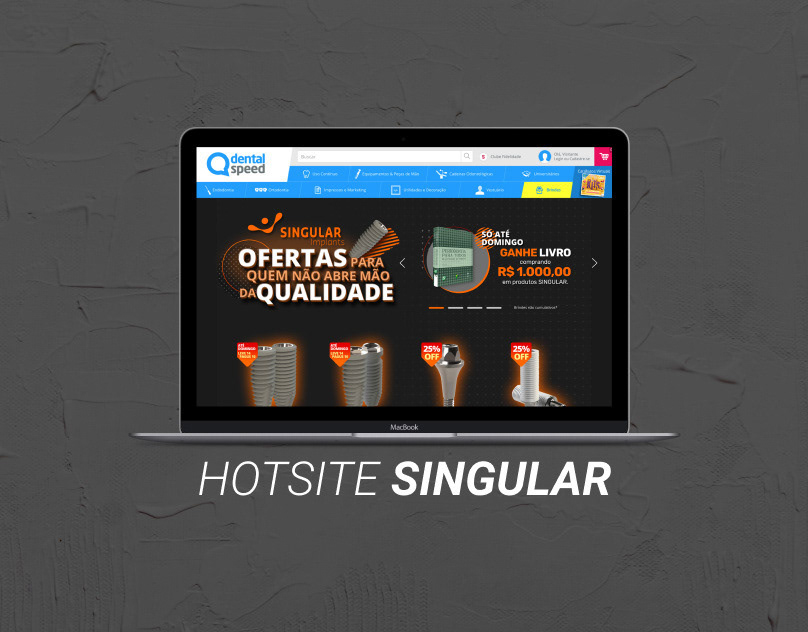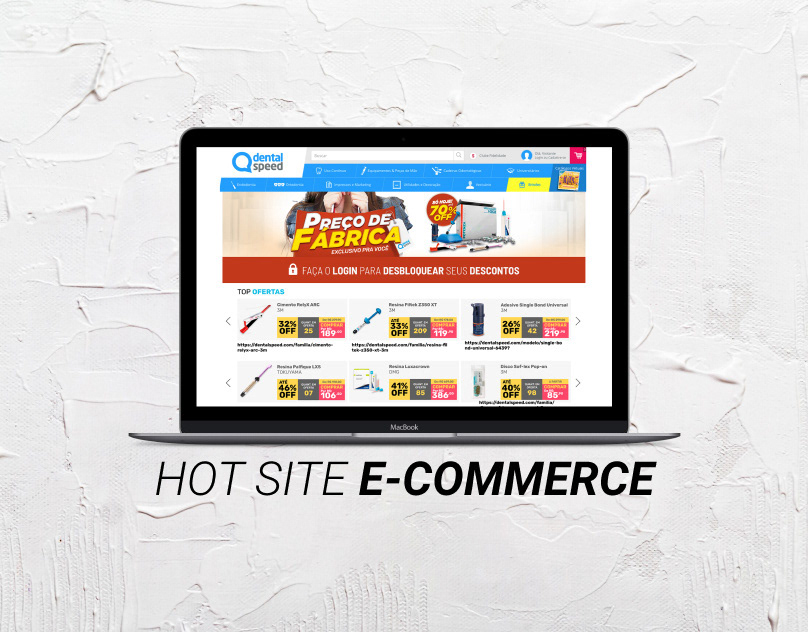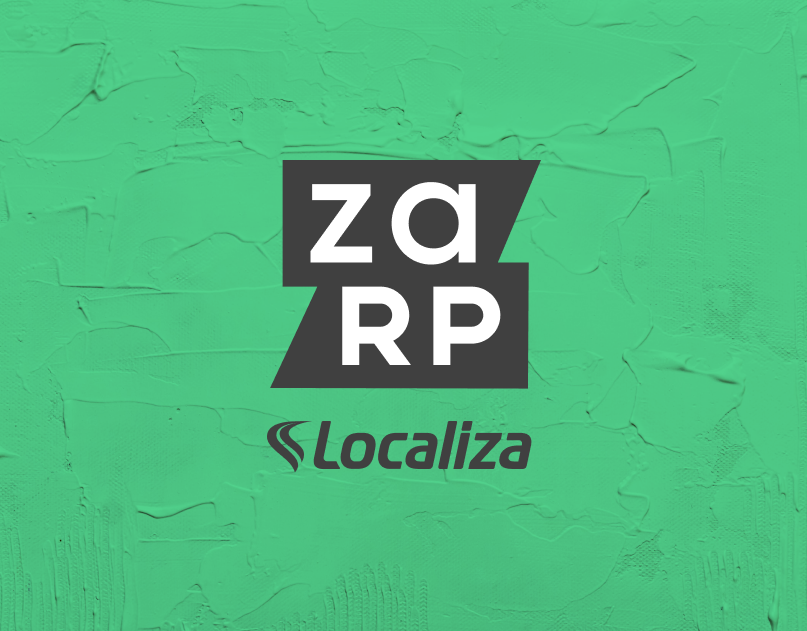INTRODUCTION
You know that little peek on whatsapp, facebook, or instagram while working, the need to see that notification that flashed on the screen! There, precious time has gone.
This was the focus of the project developed for the Graduate Course of the Instructional Design Institute — UX Design and E-Learning:
How to better control the time of use of social networks and be more productive in daily routines.
UNDERSTANDING THE PROBLEM
Today we see many people with digital dependence, proven by scientific and behavioral studies (read more here). People spend / waste a lot of time on social networks, when they realize a good part of their productive time was wasted with the smartphone in hand. Without realizing more and more people consume digital content, whether for practicality, convenience or any other reason.
Their smartphones are always at hand, connected 24h nothing escapes the radar, enhanced by alerts and notifications, likes and comments. It was not for nothing that Instagram itself removed the likes of the posts.
So I set up a CSD matrix, to make it easier to view the information.
So I set up a CSD matrix, to make it easier to view the information.
RESEARCH AND INTERVIEW / VALIDATION
To find out if this is a real pain for people I created a form (google form) and shared it in some groups of whatsapp, instagram story and a post on facebook, the goal was to reach users of social networks to then raise the hypotheses and outline some profiles according to the information collected and assess the potential, or risks, of the project. In all, 48 responses were valid in the survey and 2 people interviewed, who brought relevant data, including:
ANALYSIS OF INFORMATION
RESEARCH — Based on the research information and the interviews made, I was able to define some guidelines for the project:
a) Pain exists, people are aware of the time they spend on social networks and 70% think they would produce more if they spent less time on social networks.
b) People recognize that a stimulus (bonus / reward) is an incentive factor to control themselves more on social networks.
c) People estimate that they spend about 2h to 4h with their social networks.
a) Pain exists, people are aware of the time they spend on social networks and 70% think they would produce more if they spent less time on social networks.
b) People recognize that a stimulus (bonus / reward) is an incentive factor to control themselves more on social networks.
c) People estimate that they spend about 2h to 4h with their social networks.
INTERVIEWS — Analysis: The responses point out that people understand that they spend, or spend too much time on social networks, are bothered by it but, at the same time, surrender or simply do not seek to change it, as it has become a habit.
CONCLUSION — People are aware that sometimes social networks become a distraction and in some cases even a dependency, affecting their productivity, especially when it comes to issues in the workplace.
STORYTELLING
This technique allows viewing the user’s entire narrative and the problems involved.
"Once upon a time there was a designer who had a great demand for jobs to run a day, his name is Ricardo.
Because of his creation jobs for social networks Ricardo is always looking for references for his creations, uses and browses the main ones, but he always digresses during use and ends up spending more time than he should on social networks.
Because of this it mixes the time spent for work and personal time. That is why he feels he wastes a lot of time on the networks and his work does not pay as it should.
One day Ricardo met an APP that allowed him to control the time of personal use of social networks and still had the incentive to receive bonuses and rewards for the goals achieved."
Because of his creation jobs for social networks Ricardo is always looking for references for his creations, uses and browses the main ones, but he always digresses during use and ends up spending more time than he should on social networks.
Because of this it mixes the time spent for work and personal time. That is why he feels he wastes a lot of time on the networks and his work does not pay as it should.
One day Ricardo met an APP that allowed him to control the time of personal use of social networks and still had the incentive to receive bonuses and rewards for the goals achieved."
PERSONAS
Problem understood, information analyzed and now we have the personas defined within the target audience.
USER JOURNEY
Once the personas are defined, it is easier to map pain and think about solutions more effectively.
BENCHMARKING
Only the main (most downloaded or recommended) competitors for controlling, measuring access and / or blocking social networks were analyzed.
STRATEGY
Given the information and data collected so far, it is time to define strategies and increase the repertoire, thus refining the project briefing.
In this step I also aimed to map some points and point out what would add value to the user.
As main points of value we have:
• Be more productive
• Focus for work activities
• Better use of time, whether to be with family or friends, or in activities such as studies and physical activity.
• Focus for work activities
• Better use of time, whether to be with family or friends, or in activities such as studies and physical activity.
PROPOSED SOLUTION
As a solution to the problem, I present the SocialBonus + Application, the application works in a “gamefication” way, where through goals and challenges of monitoring / controlling the time of use of social networks the person can choose a “prize”, like this for each challenge completed he receives his award for the time he spent without using the social network chosen initially and according to the configured timer.
A “FREEMIUM” application, where bonuses would be offered by companies such as restaurants, cinemas, clothing stores and even gas stations, in a crossmarketing or market place system. In the free option the bonuses are simpler, to have access to the higher value or higher level bonuses the user needs the “PRO account” of the application, something similar to a shopping club, the PRO account would be in a subscription system which means an affordable and worthwhile value in relation to the value of the benefits.
A “FREEMIUM” application, where bonuses would be offered by companies such as restaurants, cinemas, clothing stores and even gas stations, in a crossmarketing or market place system. In the free option the bonuses are simpler, to have access to the higher value or higher level bonuses the user needs the “PRO account” of the application, something similar to a shopping club, the PRO account would be in a subscription system which means an affordable and worthwhile value in relation to the value of the benefits.
INFORMATION ARCHITECTURE
WIREFRAME AND FINAL SCREENS
The first sketches were made on paper then taken to the digital tool already thinking about a rapid prototype and then the more detailed UI design.
I provide the link to the navigable prototype, made in Adobe XD, click here.
As it is an prototype, not all features are active, this same prototype was used in the usability test with two people recruited according to the project’s personas to then validate some points of the solution in terms of navigation, heuristics and visuals.
STYLE GUIDE / DESIGN SYSTEM
A preview of what I would like to develop as a future design system can be seen through the style guide I developed for the application, composing each item, the colors, icons, font patterns and styles.
USABILITY TEST
A very important stage, where the observation of users brought new information and feedbacks that generated new insights, allowing corrections of errors and adding desired value to the project.
You can view the video of the usability test by clicking here.
Success Metrics
The project was designed with the user always at the center of decisions and not just as a business or another product, it is necessary to measure the user experience in the application. Therefore, I have established some metrics to measure success that will help us understand if users’ expectations are being met. The metrics established were:
Value
· Check the number of users using the application and whether time tracking is being effective for user productivity.
. Measure membership in the application’s PRO account.
. Measure membership in the application’s PRO account.
Retention
· Measure the permanence of users on the platform, as well as the growth of new users.
· Assess the number of active users over time.
· Assess the number of active users over time.
Quality
· Monitor negative reviews in app stores, obtaining relevant information about failures or about experiences that are positive or negative and also providing insights for future improvements.
Challenges
Like any new product, the project has its challenges, some simple to solve such as the interface improvements identified in the usability test, others related to the business model and monetization of the platform and also with the habit (or even the digital dependence) of users of social networks, for example:
1. Crossmarketing partnerships with companies from different sectors (food, clothing, leisure and services);
1. Crossmarketing partnerships with companies from different sectors (food, clothing, leisure and services);
2. Structuring the monetization of PRO accounts.
3. People’s resistance to changing habits of using social networks and awareness of time spent on networks.
CONCLUSION
This was my first project carrying out all the steps, I encountered several difficulties along the way, I explored some fields in relation to research, interviews and tests with users and what do I feel about all of this? — Which is just the beginning of the journey!
It was an incredible experience to apply the theory, to see how things work in practice, the mixture of frustration and joy when the user does not identify with what you designed and think, how bad! But good! Now the thing is for real, let’s improve, let’s test again!
Understanding that the focus should be focused more on the real problem, on the user than on the solution, interacting with people, developing empathy and all the steps were very enriching.
I feel that I still have a lot to learn and explore, but for sure now I feel capable of facing greater challenges!
Thanks!
And have you ever felt challenged that way? How many times did you have to be resilient, get up, reinvent yourself and move on? Tell me there!
If you want to read the portuguese version click here.

